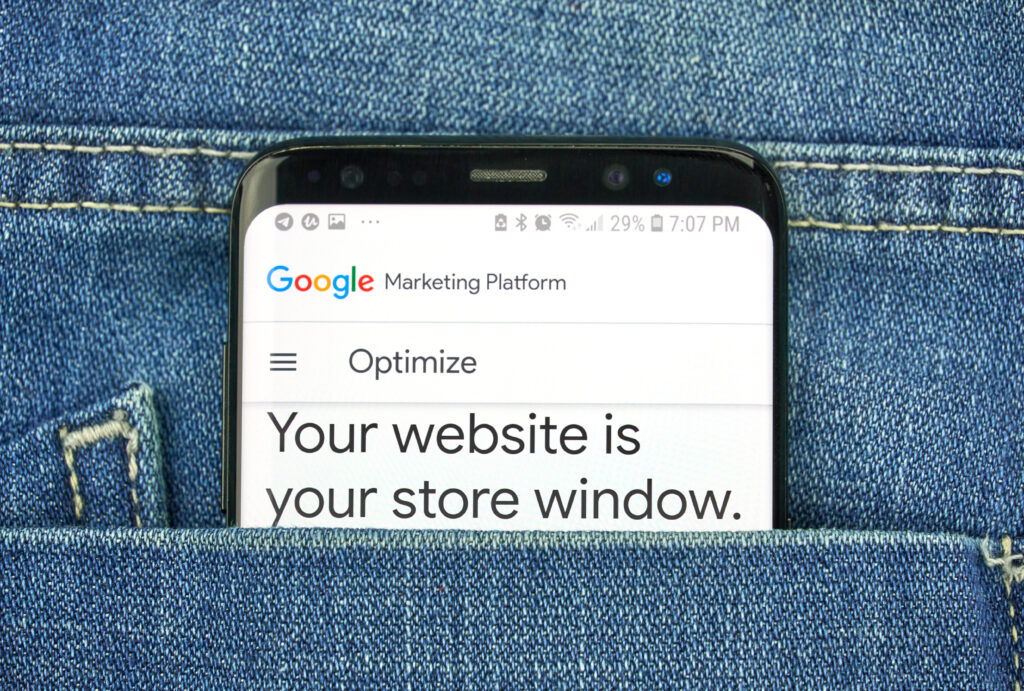Milan Fashion Week is almost here but there is still much uncertainty about the future of the industry. Since the beginning of 2022, many Fashion & Luxury companies have returned to pre-pandemic revenues but, as well as the threat of inflation and scarcity of raw materials, brands are also struggling with how to manage the evolution of physical and digital channels and with the increasingly urgent issue of sustainability.
Here is our preview of some of the trends we will see in 2023, which you can find in the third edition of ThinkFashion!, by Webranking, which will be out in November.
Metafashion
“Metafashion” is the neologism coined to define fashion in the Metaverse: indeed, fashion is increasingly a matter of pixels and the Metaverse has added a new dimension to walk-in closets around the world. As many as 50% of American consumers — from Gen X to Gen Z – have shown interest in purchasing a digital resource (virtual skin, avatar, NFT, virtual garments) in the next 12 months. The audience segment currently most involved with the Metaverse is that of video game players, already well-accustomed to immersion in alternative worlds, and that is precisely the target that brands are most interested in: it is no coincidence that Balenciaga and Moncler are continuing their collaboration with Epic Games by launching skins and digital accessories that can be purchased on the Fortnite store. On the Roblox platform, however, Ralph Lauren launched a winter sports experience – The Ralph Lauren Winter Escape – while Tommy Hilfiger launched a new virtual collection. Will the Metaverse manage to translate the novelty into a breath of inclusiveness? For the moment, it seems not: some believe this is down to the limited graphic set for the creation of avatars, often still based on a rudimentary level of definition.
ReCommerce
Recycling and resale of clothing are increasingly popular trends and online platforms have become a tool used by Gen Z to find new outfits, ideally by designer names and made with quality materials, giving new and longer life to clothing and reducing the need for continuous production of fabrics.
However, some ReCommerce platforms, such as TheRealReal, have expressed alarm about the second-hand clothing market: lower costs and wide choice can lead to compulsive purchasing; 36% of platform users, indeed, have indicated they buy clothing weekly or monthly and, just as quickly, resell the garments: this, however, has a significant environmental impact in terms of shipping and packaging.
2030: Out of (Fast) Fashion
According to EU statistics, the average European throws away 11 kg of clothing every year. And worldwide, says Frans Timmermans, Vice President of the European Commission, “one truck of clothes per second is burned in an incinerator or ends up in the landfill.” And this is why the European Commission – in its communication of 30 March 2022 – stated that fast fashion will soon be out of fashion. The EU Strategy document for sustainable and circular textile products by 2030 foresees that textile products placed on the EU market will be durable, repairable and recyclable, made as far as possible with recycled fibres and produced in compliance with social rights and the environment. Fast fashion will therefore no longer be fashionable and consumers will have access – at affordable prices – to long-lasting and high-quality textile products.
New Voices, New Influencers
Increasingly, commentary about fashion is now comes from new voices, from outside the world of fashion. Thanks to algorithms, the exponential growth of platforms such as TikTok has shifted the focus of social media towards navigating novelty and therefore the visibility for new, ground-breaking voices is growing. Following on from this, Brands seem increasingly interested in partnering with creators who have built genuine communities and who help keep them alive, rather than with macro-influencers who are more distant from the follower base. Collaboration with talents who have something to say, indeed, can bring even lesser-known brands closer to a slice of the public that they would not have reached through a traditional marketing campaign.
Risks and Fame: NFT
According to the data provided by Dune Analytics, whilst many fashion and luxury brands — from Gucci to Balmain — have dabbled in the NFT universe, Nike is the one in pole position for earnings that, thanks to the sale of 76,000 NFT, apparently reached 185.3 million dollars. Although NFTs are now well-established, this technology is still considered risky in terms of sustainability, due to the high energy costs involved in blockchain transactions, based on “proof of interest” technology.
This article was written by Nicola Donati, PR & Communications Manager. To learn more about our papers, check out Webranking’s observatory.















